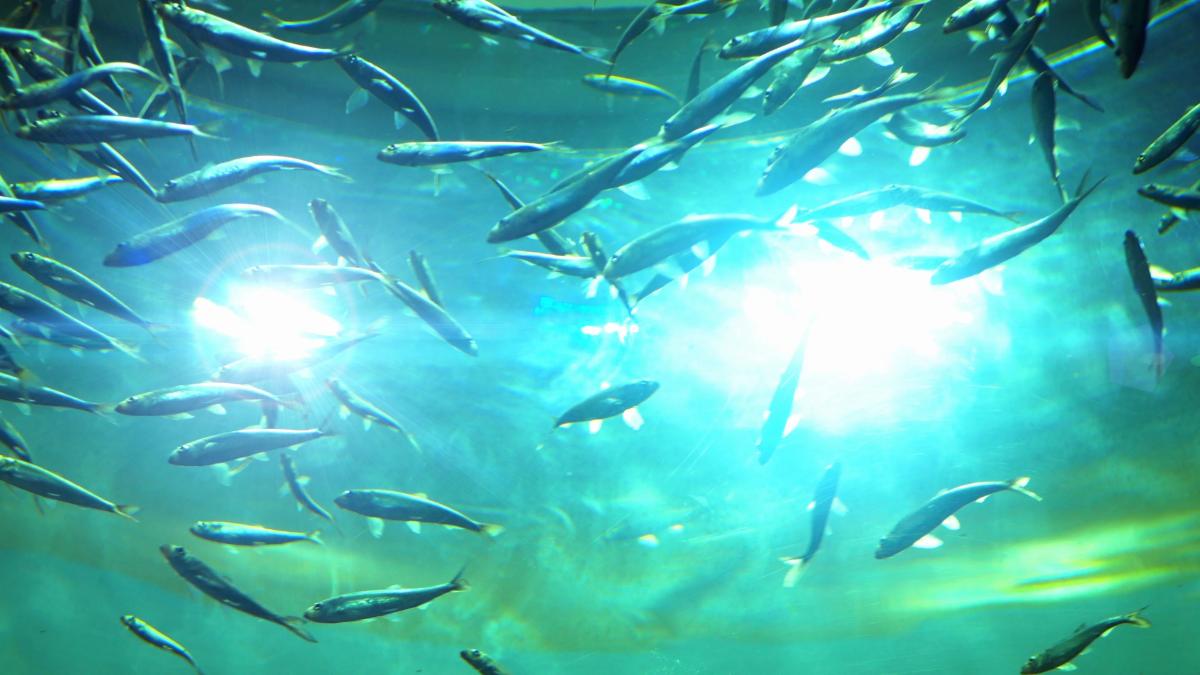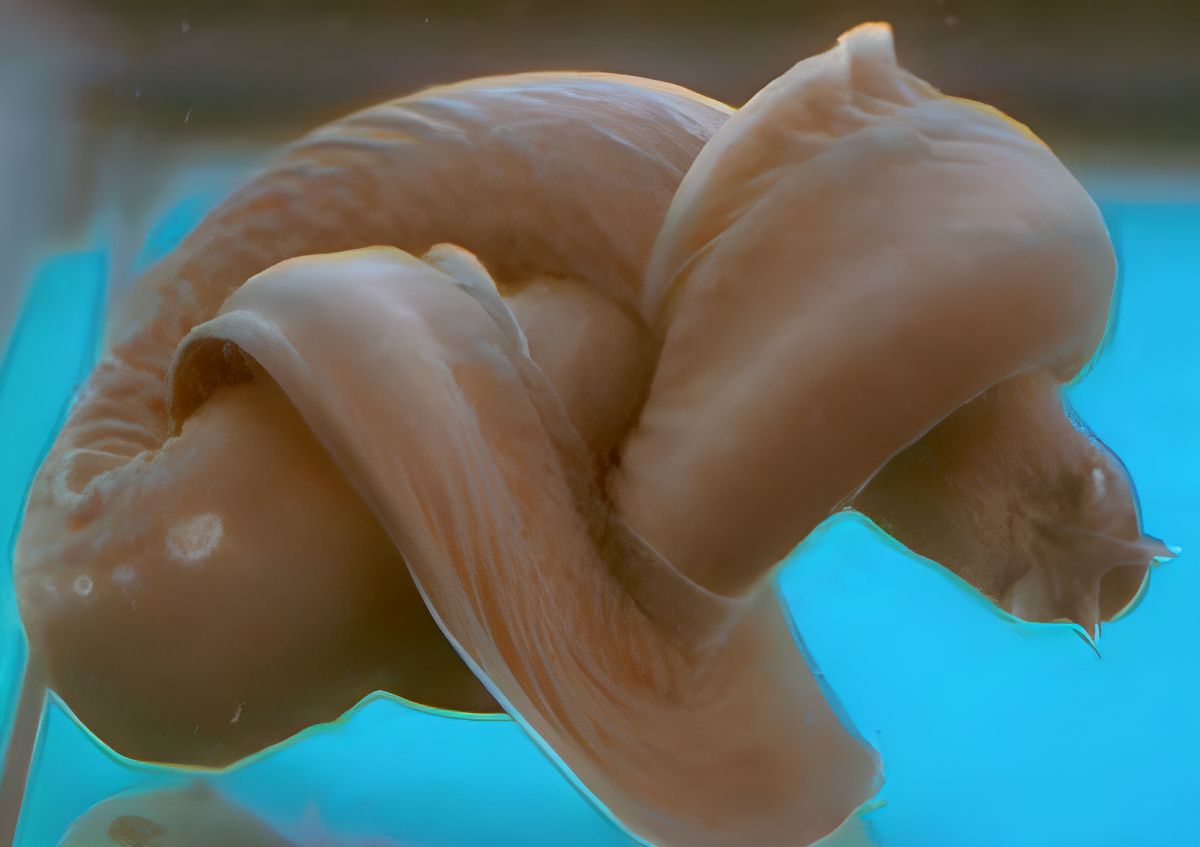To understand this, we first need to recall how fish breathe. No, fish don’t breathe water—they breathe air, just like you and me. We’re not so different from a hake after all! But when you’re at the bottom of the ocean, finding a breath of oxygen isn’t exactly easy. Fortunately, these vertebrates have an organ that allows them to extract dissolved oxygen from water: gills.
Their functioning is as simple as it is remarkably efficient: water enters through the mouth, flows over the gill filaments where oxygen is absorbed while carbon dioxide is expelled. And the water? It exits through the gill openings as if nothing happened. An astonishing mechanism, adapted according to marine species… and one that sometimes fails to the point of drowning.
More Suffocation Than Drowning
Technically, there’s a catch. If we open the dictionary, the definition of “drowning” is “asphyxiation by the influx of liquid into the respiratory tract, particularly following immersion in water.” In theory, the fish is already immersed, and plunging it into water won’t cause drowning. However, there are several scenarios where fish can lack oxygen underwater. In these cases, we’re talking more about suffocation, or drowning in a non-traditional sense of the term.
Generally speaking, if a fish’s gills are damaged, obstructed, or deprived of oxygenated water, suffocation occurs. Drowning is inevitable. And as you’ll see, this is far from an isolated phenomenon.
Returning to those famous gills, as impressive as they are, they have a flaw for certain species: to maintain water flow over their gills, these species must swim continuously. This is the case, for example, with most sharks. If they become stuck or caught in a fishing net, immobilization deprives them of oxygen and they drown. And what about a plastic bag blocking a tuna’s mouth? Once again, drowning.
Some species, like the Siamese fighting fish, have also developed a very particular organ called a “labyrinth,” which allows them to breathe atmospheric air. This is a way to survive in their oxygen-poor environment: marshes, rice paddies, puddles, or stagnant waters, also called hypoxic zones. A very handy trick… that can also lead to drowning! Strange as it may seem, if they don’t have access to the surface to breathe, they die by drowning.
Too Many Nutrients, Less Oxygen in the Water
There’s one phenomenon in particular that results in killing all aquatic life by “drowning”: eutrophication. Unfamiliar with the term? You’re far from alone. And yet, it should be well-known to humans, because they’re often the primary actors behind it.
Eutrophication occurs when the concentration of phosphorus or nitrogen increases in water, which then accumulates far too many nutrients. This causes excessive and massive proliferation of algae. As these algae decompose, they consume enormous amounts of oxygen—all the available oxygen, in fact. The result: all fish that no longer have oxygen for their gills die of asphyxiation.
What’s the connection to humans? It’s very often industrial and agricultural activities, as well as domestic uses, that cause this accumulation of nutrients in water and the resulting chain reaction. And when it’s not humans’ fault, it’s… hippos’.
Inadvertently, these large mammals kill thousands of fish each year. Their excrement, released shamelessly into rivers, is decomposed by bacteria that once again consume enormous amounts of oxygen. In the end, it’s the fish that pay the price, deprived yet again of this vital gas.




